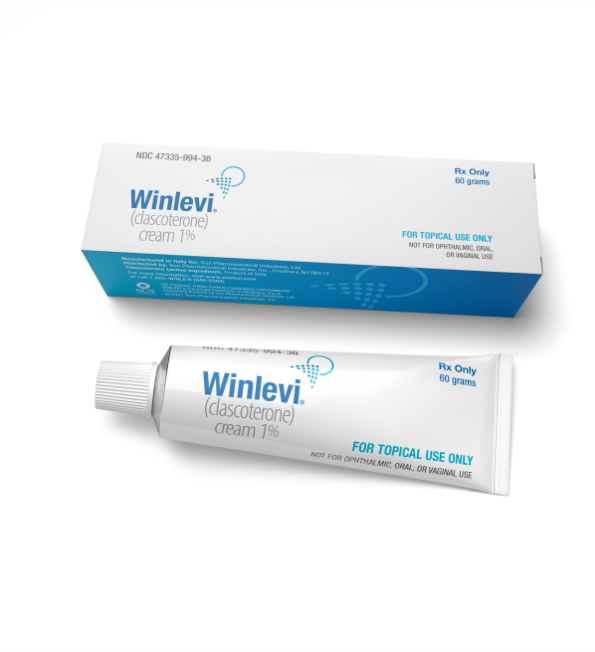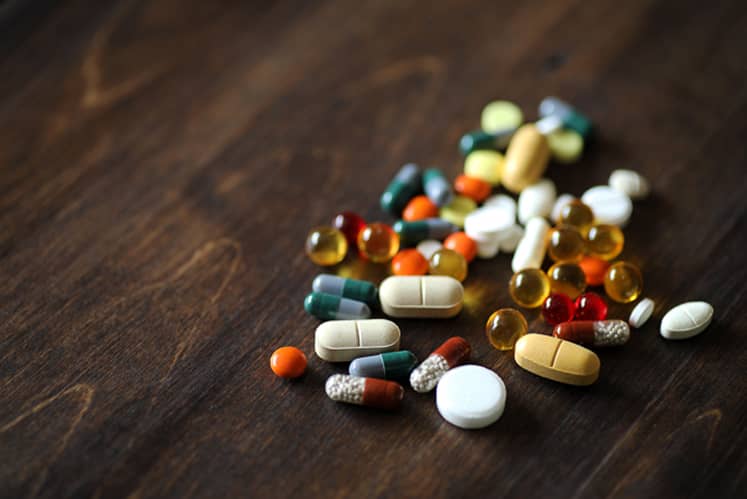
Topical Antibiotics Treatments for Acne
For those dealing with cystic acne, topical antibiotics like erythromycin and clindamycin are frequently prescribed options. These antibiotics are effective in reducing inflammation and preventing the growth of acne-causing bacteria, such as P. acne. To enhance their effectiveness and minimize the risk of bacterial resistance over time, they are often used in combination with other acne treatments like benzoyl peroxide or topical retinoids.

These topical antibiotics are available in several kinds of delivery vehicles and many sorts of packaging. Clindamycin and erythromycin have both shown effectiveness in cases of inflammatory cystic acne when used as a topical application of a combination of 1% to 4% concentrations with or without being combined with zinc.
How Do Topical Antibiotics Work?
For tackling cystic acne, topical antibiotics like erythromycin and clindamycin are often used for their anti-inflammatory and antibacterial properties. To enhance their effectiveness and reduce the risk of bacterial resistance, they’re commonly paired with benzoyl peroxide, available in wash-off and leave-on forms.
Using topical antibiotics alone isn’t recommended due to the potential for antibiotic resistance. That’s why combination treatments are popular; they’re not only more effective but also improve patient adherence to the regimen.
Side effects are generally rare, but there have been isolated cases of digestive issues when using topical clindamycin. However, the overall risk is considered low.
While effective for mild to moderate acne, there’s growing concern about the decreasing sensitivity of acne-causing bacteria like P. acnes to these antibiotics, which could limit their future usefulness.
Side Effects of Topical Antibiotics
Erythromycin and clindamycin have been popular prescriptions for years, mainly due to their minimal or mild side effects. When used for long-term acne treatment, some of the key side effects to be aware of include:
- Skin redness (erythema)
- Peeling of the skin
- Itchiness
- Skin dryness
- A burning sensation
In rare cases, topical clindamycin users have experienced pseudomembranous colitis. Another concern with long-term use is the potential for bacterial resistance, which is why it’s often recommended to combine these antibiotics with other treatments.
Cost-wise, a tube of erythromycin gel can range from $10 to $125, while clindamycin gel can cost between $20 and $110, according to GoodRx.
Latest articles


Hormonal Acne Treatment with Topical Creams

Cystic Acne on the Back: Best Treatment Options

Top Supplements for Treating Cystic Acne
